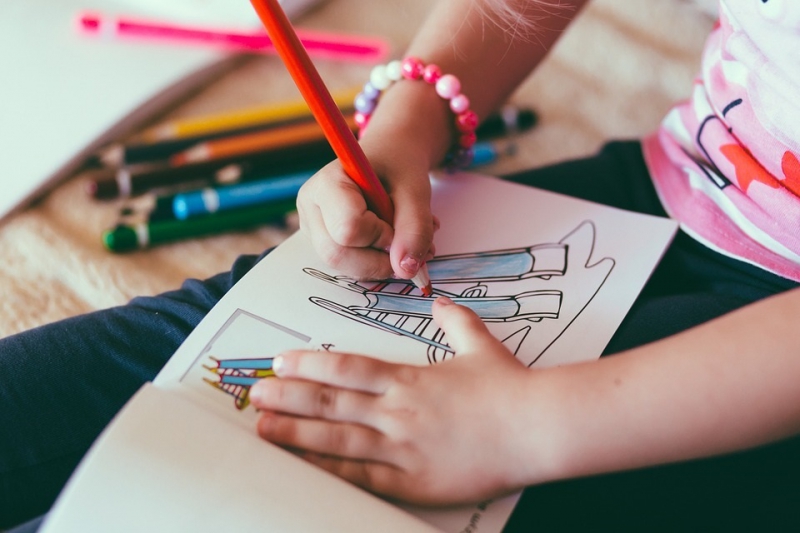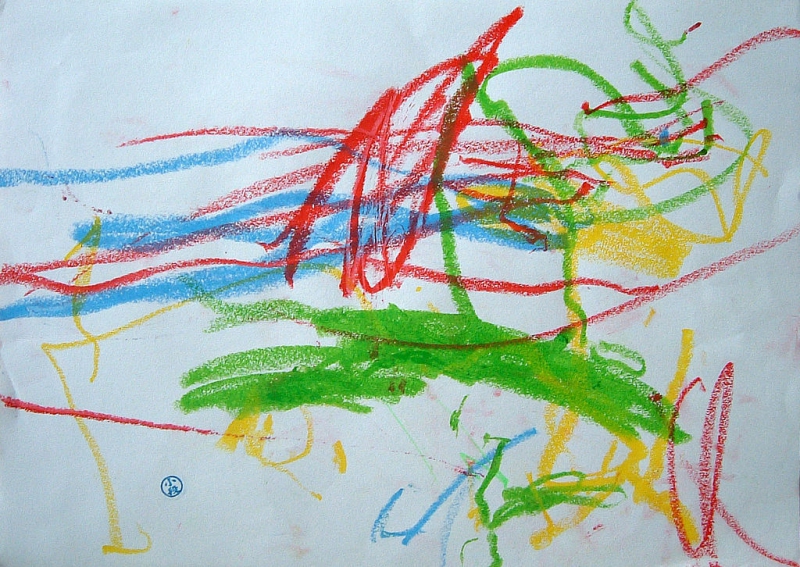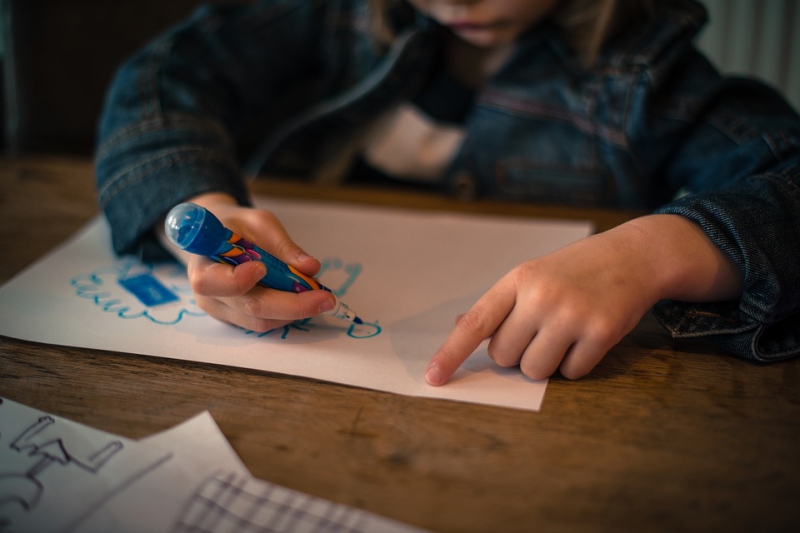 |
| Source: Pixar Bay |
If your child grew up holding a pencil or crayon in his hand and drawing the picture on paper, most parents would have tried to interpret the picture to figure out the child's thoughts. When a parent handed a piece of his or her child's work, they wondered if they painted a child or a child, and asked if they were drawing a puppy that they raised. It has been known that it is highly desirable for parents to ask questions one by one and to give meaning to a child's artwork. However, psychologists today objected to the concerns of these parents.
The Atlantic magazine, The Atlantic, reported on the results of a study of children's paintings and related research. The researchers pointed out that, ultimately, children create works by themselves, not by art itself, but by the process of drawing or creating what children are. Also, most children explained that they tend to talk more about transparent windows into their own world rather than an explanation of the end result.
 |
| ▲ Source = Wikimedia Commons |
Children's art works, they have their own logic.
The researchers said their children's art works have their own logic. Kindergarten teacher Liane Alves was lucky that one of her students once showed her a picture of a line on a page. He did not show much interest in his art until he explained his painting as a mattress in a fairy tale "Princess and Pea."
Mother Nature Network (MNN), an international environmental and social responsibility news provider, said in a recent article that educators may have judged their child's development status based on how they draw on paper with crayons . This has been done for decades. On the other hand, today's art educators consider this method to be one-dimensional to recognize the artistic development of a child. MNN said that realism is not their target. In addition, the children's artwork is not of great value to detail, but emphasized that the child really wanted to talk.
Hidden wonder in the work
Diana Stelin, artistic director of the 'Plein-Air Art Academy', says children between the ages of 7 and 9 look at their surroundings and the world, And began to describe the environment. However, this does not mean that the adults will be able to express their surroundings in detail as if they are facing reality. Stellin added that although the child can paint the sun or fence with the same size and shape, it does not really match reality. It just shows that the child is grasping the surroundings surrounding him.
In addition, Stelin advised adults that children should not demand that they only draw facts so that they do not lose 'the wonder'.
 |
| Source: Pixar Bay |
The joy of art is in the process of creation
Stellin said most children think more about the pleasure they felt when making a work than when they made it. She said that if she saw the boy making a screeching sound while scrawling a truck, it would mean a right growth process. Most of the children who have met until this time are only interested in 'play activities' that make art works, but they do not have much interest in expressing art works more realistically.
Even simple graffiti is meaningful
Meanwhile, Ellen Winner, a professor of psychology at Boston University, presented a study at Zero, a Harvard University project focused on art education. He argued that even the most simple graffiti was given meaning from the way children move and move their arms. They also said that children express themselves through actions rather than pictures. Since the children draw the picture through the movement, the whole process explained that the picture is just symbolic play.
Winner also said that some parents may be worried when their child begins to paint a child the same size as an adult, but that means there is a desire to be as strong as an adult. But the biggest reason is that she has not yet learned the difference in size in expressing. That's why your child draws everyone the same size.
He said psychologists are trying to interpret the picture through the color they used in the child's picture. In fact, however, children use colors just as they unfold. For example, children choose color from right to left in turn, or vice versa. Dr. Winner emphasized that these children are not strange. Although the picture drawn by the child is different from the actual picture, it is not wrong or bad. Children are just having their own logic.
On the other hand, MNN said that if parents saw their children struggling to draw a work of art as a reality, then they would have to go and supplement their work. He added that although his work might look like a trivial scribble or twisty whirlwind, he would ask for hidden stories in the work.
![[Parenting] Why do not you have to interpret your child’s paintings? parenting why do not you have to interpret your childs paintings](https://moontore.com/wp-content/uploads/2019/02/parenting-why-do-not-you-have-to-interpret-your-childs-paintings-1200x700.jpg)


